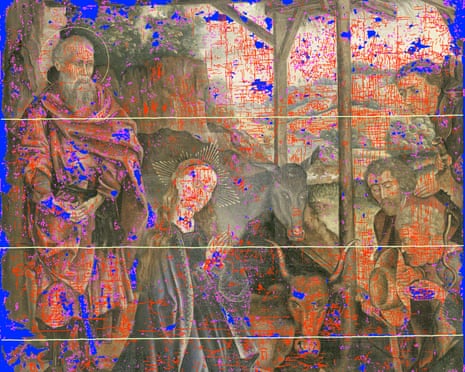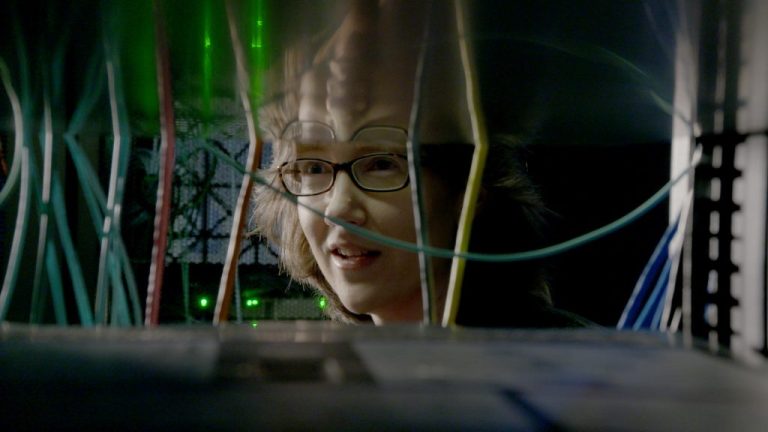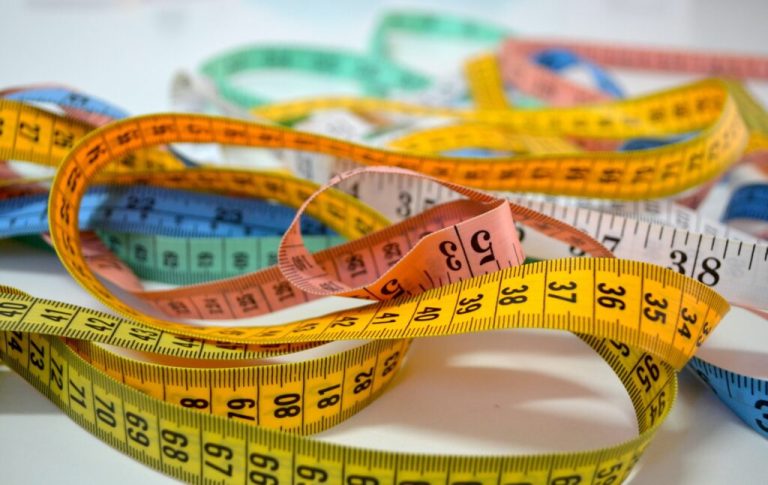Revolutionary AI Tool Transforms Aging Artworks in Just Hours
The passage of centuries can take a toll on oil paintings, leading to deterioration such as cracks, discoloration, and areas where pigment has flaked away. Repairing this damage can require years of work from conservators, making it a task reserved for the most treasured pieces. However, a new method promises to significantly speed up the restoration process, enabling the rejuvenation of aged artworks in just a matter of hours. This technique utilizes artificial intelligence and advanced computer tools to generate a digital reconstruction of the damaged painting, which is then printed onto a transparent polymer sheet carefully placed over the original work.
To showcase this innovative approach, Alex Kachkine, a researcher at the Massachusetts Institute of Technology, restored a damaged oil-on-panel piece attributed to the Master of the Prado Adoration—a Dutch painter whose identity remains unknown—dating back to the late 15th century after Martin Schongauer. The painting features intricate details but is visibly marred, split into four panels, and exhibits fine cracks along with thousands of tiny spots where paint has chipped away. “Much of the damage affects small, intricate features,” noted Kachkine, who estimated that traditional conservation methods would have taken roughly 200 hours for restoration. “It has endured centuries of degradation.”
Kachkine began his work with a scan of the painting to identify the size, shape, and position of the affected areas, pinpointing 5,612 individual sections needing repair. A digital mask was created using Adobe Photoshop, allowing for the addition of missing paint and color-matching with the surrounding pigments. For areas with existing patterns, similar designs were replicated from different parts of the painting, including the face of an infant borrowed from another piece by the same artist.
Once completed, the mask was printed onto a polymer sheet, varnished to prevent ink from smudging, and carefully applied over the original painting. The restoration utilized a total of 57,314 colors to fill in the damaged sections, enhancing the painting even when perfect alignment wasn’t achieved. Kachkine expressed his joy upon seeing the final result, stating, “It followed years of effort to try to get the method working. There was a fair bit of relief that finally this method was able to reconstruct and stitch together the surviving parts of the painting.”
This technique, detailed in the journal Nature, is specifically applicable to varnished paintings that maintain a smooth surface for the polymer sheet to rest flat. The mask can easily be removed using conservators’ solvents, leaving no trace on the original artwork. Kachkine envisions that this method could enable galleries to restore and exhibit many damaged paintings that may not be considered valuable enough for traditional restoration methods. However, he recognizes the ethical considerations involved, such as the acceptability of having a film covering a painting, its impact on the viewing experience, and the appropriateness of certain restorative features, like those copied from other works.
In an associated article, Prof. Hartmut Kutzke from the University of Oslo’s Museum of Cultural History highlighted that this method offers a faster and more cost-effective solution for restoring damaged paintings compared to conventional techniques. “This approach is likely to be most useful for artworks of relatively low value that would otherwise remain out of sight, and it may not be appropriate for renowned, valuable pieces,” he stated. “Nonetheless, it could enhance public access to art by bringing damaged works out of storage and into the view of new audiences.”







